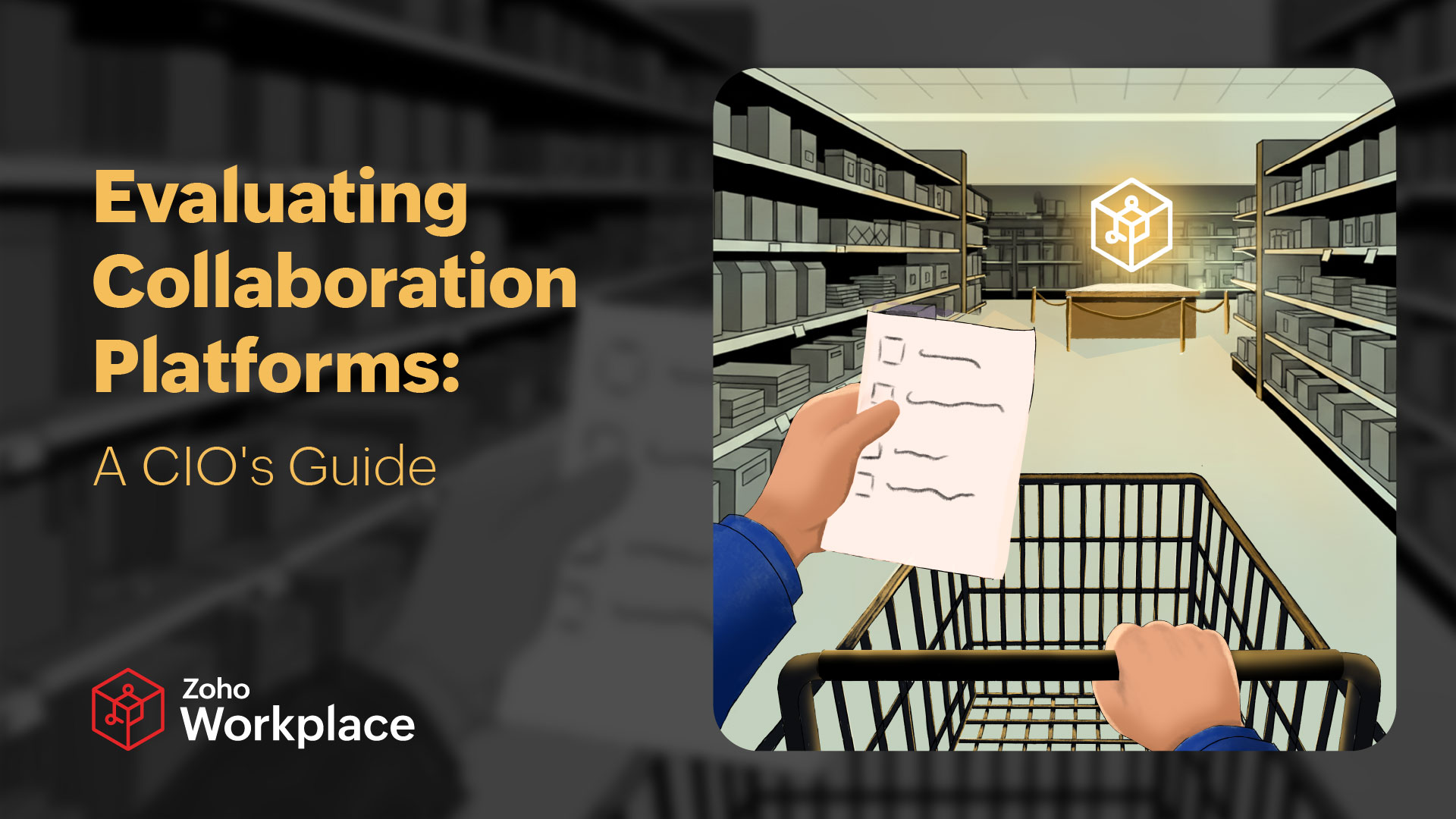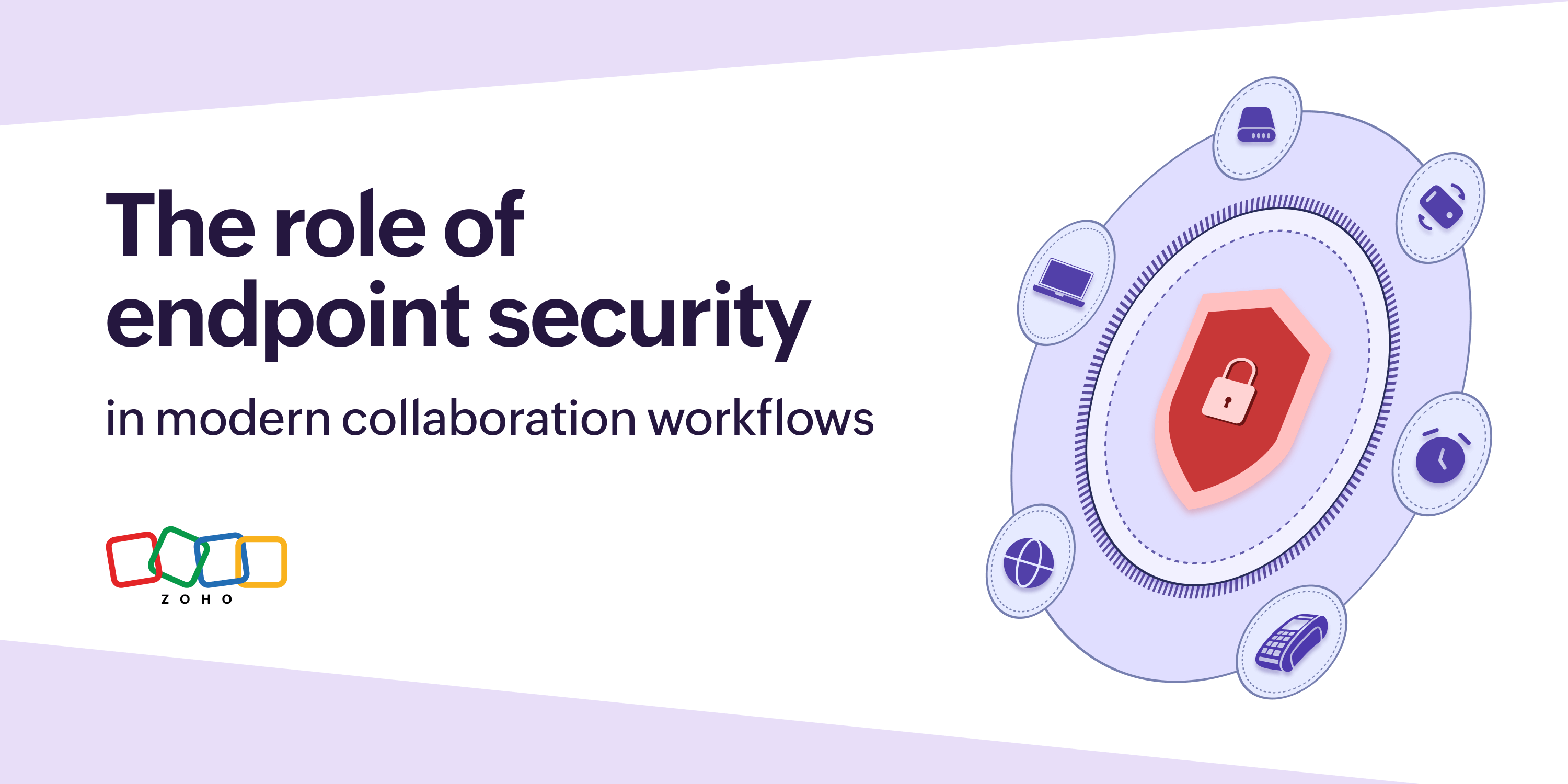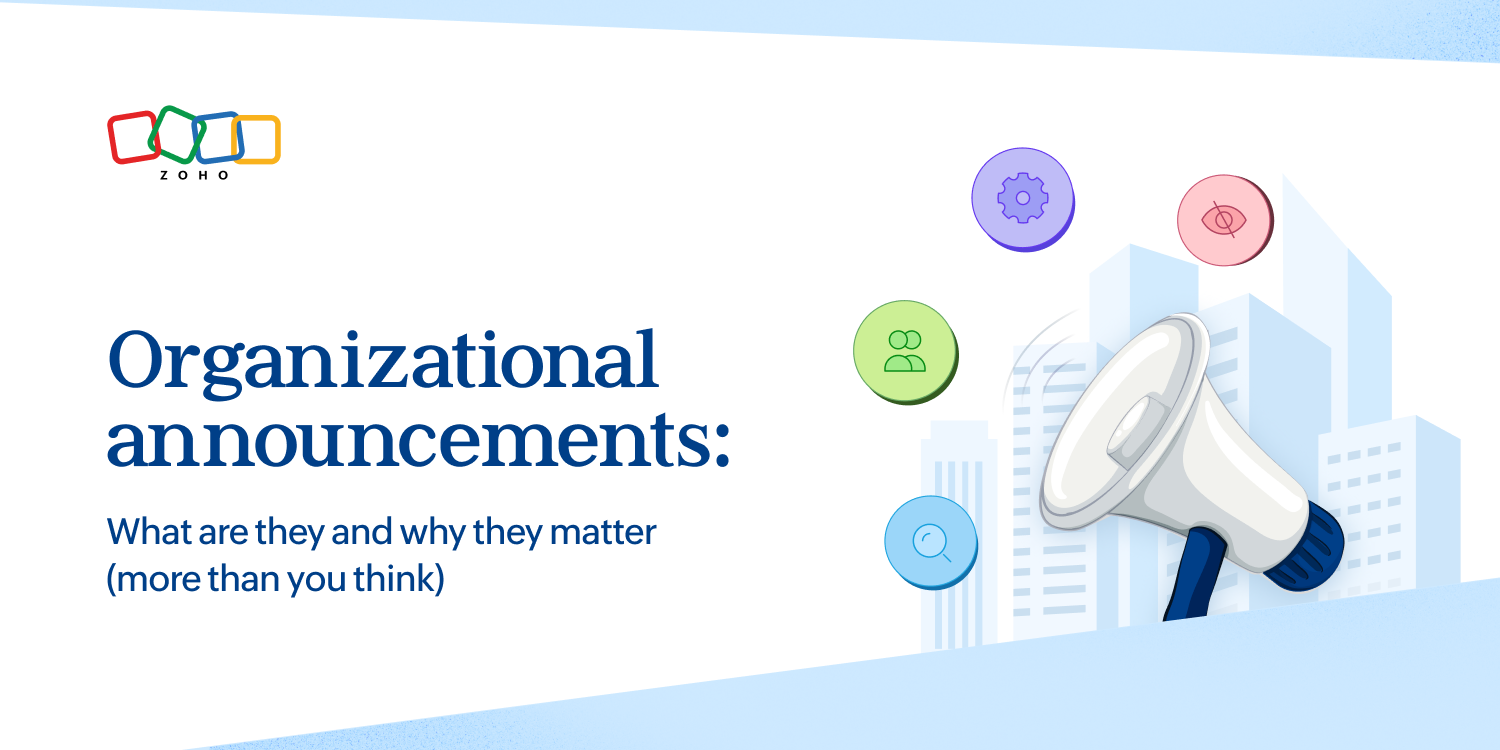- HOME
- All Products
- Collaboration
- Evaluating collaboration platforms: What every CIO needs to ask vendors
Evaluating collaboration platforms: What every CIO needs to ask vendors
- Published : October 21, 2025
- Last Updated : October 31, 2025
- 148 Views
- 6 Min Read
The collaboration market has turned into a crowded bazaar. Every vendor swears their platform is the one that will unite your teams, end the email deluge, and finally make remote work frictionless.
But behind the glossy demos, many solutions are bloated with redundant features or riddled with hidden costs that CIOs only discover after rollout. The job isn’t just choosing the most hyped name—it’s about interrogating vendors until an offer fits your leadership strategy and overarching business goals.
If you don’t ask the right questions, you’ll inherit silos disguised as “integrations” and licensing traps masked as “flexibility.” The smartest CIOs walk into these conversations armed with sharper questions than any sales deck expects.

Is the platform designed for workflows, or just messaging?
Most collaboration platforms sell themselves as digital water coolers, but CIOs need to press vendors on whether the platform can handle end-to-end workflows or merely chat. Teams don’t just need another place to send files: They need to map conversations to projects, approvals, and measurable outcomes.
Ask vendors whether their product integrates naturally with business-critical systems like CRMs, ERPs, and project management tools, or whether employees will have to keep juggling tabs and copy-pasting data.
Vendors often wave around app directories with thousands of “integrations,” but many are superficial connectors that break under scale. The better question is: How many integrations are deep enough to actually replace manual work?
Another red flag is when the platform is built for enterprise communication first and workflows second—great for chatter, but terrible for productivity. CIOs should push for proof of how work items flow through the platform without getting lost in endless threads. If the system can’t serve as a nervous system for projects, it’s just another chat room with expensive branding.
How does the platform scale across departments and geographies?
It’s easy to showcase collaboration in a 20-person demo environment. The harder question is how the system behaves when thousands of employees across departments, time zones, and security tiers start using it at once. CIOs must probe vendors about scalability—not just in terms of user licenses, but in performance, governance, and adaptability to organizational complexity.
Ask what happens when finance, HR, and engineering all want to use the same platform but require vastly different permission models. Can the system maintain performance when global offices push heavy file exchanges and real-time calls simultaneously? Too often, platforms buckle under enterprise-grade usage, leaving IT scrambling to impose limits that frustrate users.
CIOs should also challenge vendors on regional compliance and data sovereignty. It’s not enough to promise “cloud coverage”—multinationals need to know whether European teams can stay GDPR-compliant while APAC teams meet local regulations.
If a vendor can’t demonstrate that their infrastructure anticipates global governance, the tool may quickly collapse under the very growth it was supposed to support.
What is the real cost of ownership?
Collaboration platforms love to advertise simple per-user pricing, but CIOs know that’s rarely the end of the bill. Ask vendors to break down not only licensing fees but also add-ons, storage costs, API limits, and administrative overhead. Many organizations discover too late that the true expense lies in integrations, premium support, or escalated security features locked behind higher tiers.
Push vendors on how much training and change management the rollout demands. A platform that requires months of onboarding drains both budget and patience. Another common hidden cost is shadow IT: When the tool doesn’t cover enough ground, departments quietly spin up their own apps, fracturing data and compliance.
The smarter question isn’t just “What does it cost today?” but “What will it cost when adoption matures?” CIOs need clarity on upgrade paths, contract lock-ins, and the financial penalties of scaling up or down.
A vendor that dodges this transparency is setting you up for budget creep. The right platform should make costs predictable, not turn them into an ongoing battle with procurement.
How secure (and accountable) is the system?
In an era of constant breaches, security isn’t a side question. Yet too many vendors treat it as a checkbox feature, rattling off acronyms like SOC 2, ISO, or HIPAA without explaining how they actually protect enterprise data. CIOs must cut through the jargon and ask pointedly: Where is data stored, how is it encrypted, and who has access to metadata?
A platform may encrypt messages end-to-end, but what about shared documents, recordings, or third-party app connections? Ask vendors how they handle identity management—do they natively support SSO and multifactor authentication, or will IT have to cobble together custom solutions? Accountability matters as much as security itself. If there’s a breach, will the vendor provide real-time incident reports, or will your team discover it from the news?
CIOs should also demand clarity on vendor responsibility versus customer responsibility. Too many platforms rely on “shared responsibility models” that sound good in theory but leave enterprises holding the bag after an incident. If a vendor can’t articulate exactly where their security obligations begin and end, consider that a warning sign. Trustworthy collaboration tools should strengthen your security posture, not complicate it.
Does the vendor actually support change management?
Even the best collaboration platform will fail if employees treat it like another obligation rather than the central hub for work. That’s why CIOs need to press vendors on what support they provide for adoption—not just technical setup, but cultural integration.
Ask whether the vendor offers structured onboarding programs, training libraries, or embedded adoption specialists. More importantly, do they have case studies showing how they’ve driven sustained usage in organizations of your size and complexity? A vendor that leaves adoption entirely in your hands is signaling they care more about the sale than the success.
Beware of “pilot program traps,” where the tool shines in a small test group but fizzles when rolled out company-wide. CIOs should probe vendors on what happens six months after launch: Do they provide usage analytics, automated nudges, or admin dashboards that help identify drop-offs?
Sustained adoption requires more than a one-time webinar. Vendors who can’t articulate a long-term change management playbook risk saddling you with shelfware that employees quietly bypass.
How does the platform future-proof collaboration?
The collaboration landscape shifts fast. Tools that feel cutting-edge today can be obsolete tomorrow if they can’t adapt to AI, automation, or new compliance regimes. CIOs need to interrogate vendors on how they plan to keep the platform relevant.
Ask about their product roadmap. Is it driven by customer needs or by feature-chasing competitors? A platform with constant but shallow feature updates risks adding clutter rather than value.
Conversely, vendors with no visible innovation risk falling behind. The key is whether the vendor demonstrates foresight—investing in features like AI agents, predictive tasking, or workflow automation before they become table stakes.
Future-proofing also means avoiding lock-in. Does the platform allow easy data export if you need to switch vendors? Can APIs support emerging integrations without rewriting core workflows?
A forward-looking CIO isn’t just buying for today—they’re hedging against tomorrow’s disruption. Vendors who dismiss these concerns reveal that their vision doesn’t stretch beyond the next fiscal quarter.
How transparent is vendor support and accountability?
Every CIO knows that software breaks—what matters is how vendors respond and how it affects your enterprise security. Too many platforms bury support in layers of ticket systems, outsourced help desks, or vague SLAs that look airtight on paper but crumble under urgency.
Ask vendors for specifics, such as:
- Password management infrastructure.
- Average response times.
- Escalation paths.
Whether enterprise clients get dedicated account managers who understand their environment.
Support isn’t just about fixing bugs; it’s about accountability when performance dips or integrations fail. Does the vendor provide proactive monitoring and alerts, or will your IT team be left scrambling to diagnose issues first? Transparency in reporting is just as critical. CIOs should demand access to uptime logs, incident histories, and a clear communication plan during outages.
A collaboration platform is more than its feature list—it’s a partnership. If the vendor hides behind polished sales decks but can’t demonstrate responsive, transparent support, you’re not buying a collaboration solution. You’re buying another problem disguised as one.
Conclusion
CIOs don’t have the luxury of taking collaboration vendors at their word. The right platform can transform workflows, but the wrong choice breeds silos, cost overruns, and security risks.
The deciding factor isn’t which tool has the flashiest demo—it’s how vendors answer hard, uncomfortable questions about workflows, scale, cost, security, adoption, and longevity. Every evasive answer is a warning sign; every transparent one builds trust.
Collaboration platforms should be the infrastructure that lets enterprises work as one. The CIO who asks the right questions ensures they’re not just buying software but shaping the backbone of their organization’s future.
 Gary Stevens
Gary StevensGary Stevens is the CTO of Hosting Canada, a website that provides expert reviews on hosting services and helps readers build online businesses and blogs. Gary specializes in topics on cloud technology, thought leadership, and collaboration at work.


